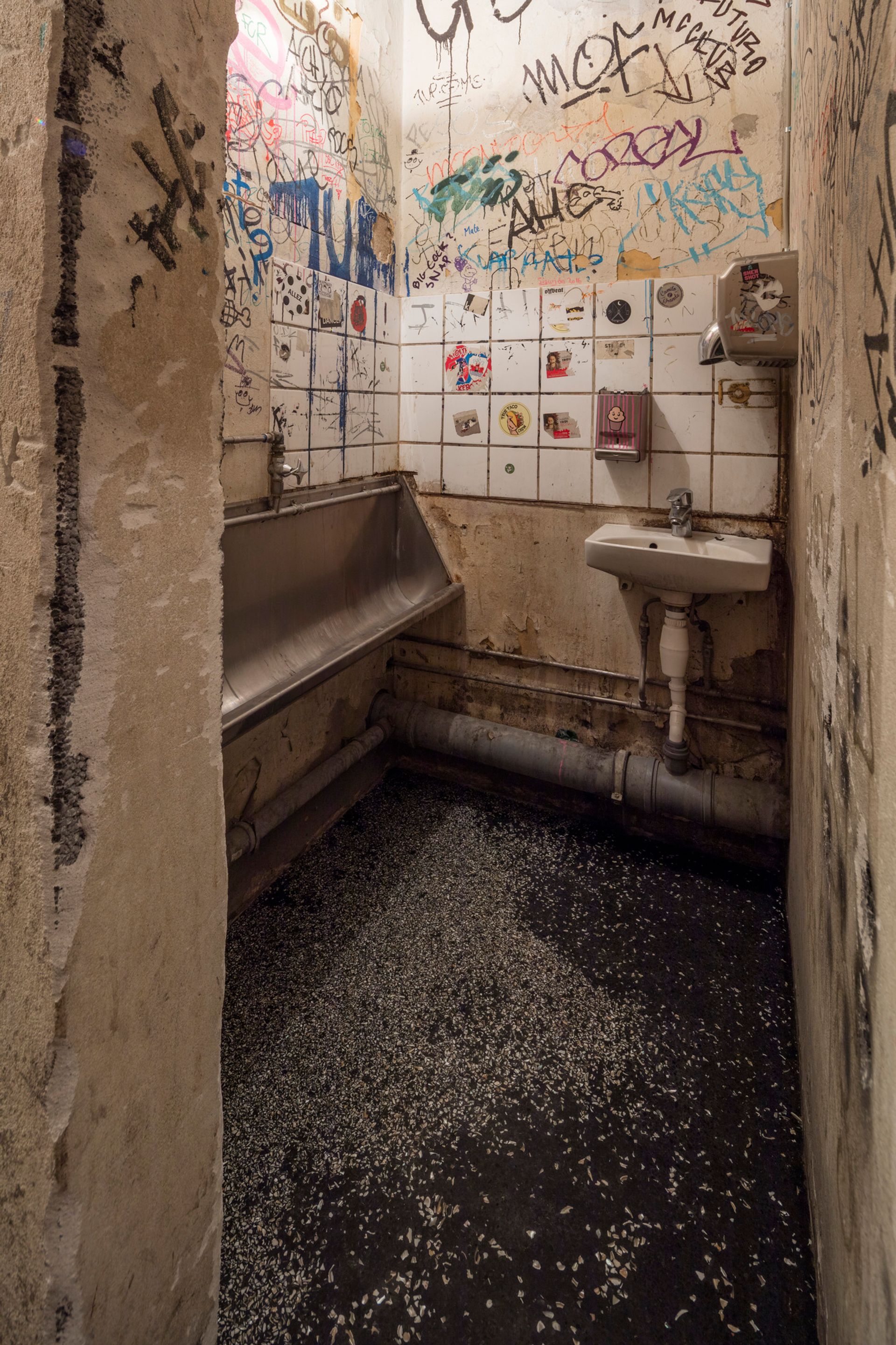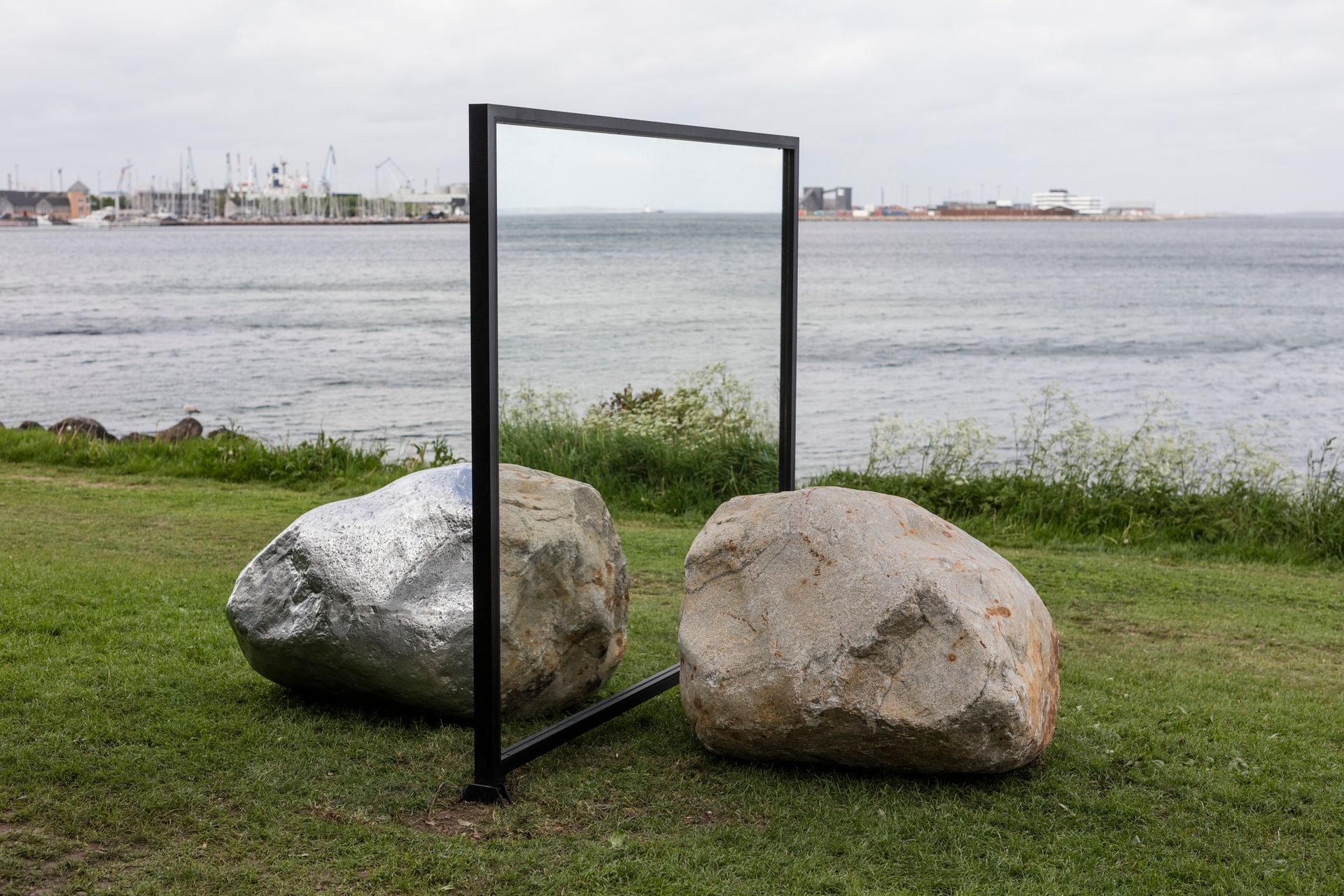The inaugural Aros Triennial takes centre stage this week in the northern Danish town of Aarhus, which has been selected as this year’s European Capital of Culture. The triennial, called The Garden: End of Times, Beginning of Times, covers the past 400 years. “The triennial will thematise man’s coexistence with, and view on, nature,” says Erlend Høyersten, the director of the Aros Aarhus Art Museum, which has organised the exhibition.
The triennial is split into two parts: The Past (until 10 September) and The Present and the Future (3 June-30 July). The Past section, presented at Aros Aarhus Art Museum, includes classical and contemporary depictions of the natural world with works on show by Nicolas Poussin, Mark Dion, and Joan Jonas, among others. The Present and the Future encompasses locations across the city, from buildings in the city’s industrial harbour to the shoreline stretching from Tangkrogen to Ballehage. Below are five new pieces, unveiled this week, that are triennial talking points.

Katharina Grosse, Untitled
The German artist has sprayed the Mindeparken area of the coastline with red and white acrylic paint, turning the landscape into a scorched raspberry ripple swirl. Katharina Grosse writes in the catalogue that “my painting is a mobile garden able to move across space”. Although the piece has enflamed some local citizens, Høyersten says on the museum’s Facebook page that “the paint is non-toxic, and no, this is not littering. The grass will continue to grow and the ants will burrow in the earth in this man-made space”.
Doug Aitken, The Garden
Anyone with anger management issues should sign up for Doug Aitken’s participatory piece that enables volunteers to smash up the contents of a glass room (plates, tables and cheap chairs are systematically destroyed in the process). Visitors standing in an outer ring of plants and shrubbery can watch the destruction, which is live-streamed. “It is about the juxtaposition between the natural environment and synthetic man-made environment. The work is living and durational; the viewer is the voyeur,” Aitken says.

Meg Webster, Concave Room for Bees
On the edge of the shoreline sits an arrangement of flowers, native grasses and herbs, such as mountain mint and common milkweed, tended by the US artist Meg Webster. But this is not just an aesthetic project; the work is a call to action, highlighting the ecological crisis linked to the rapid decline in pollinators such as bumblebees across the US and Europe. Anette Vandsø, assistant professor at Aarhus University, says that the installation is a “two-way room for both bees and humans, straddling a field between aesthetics and biopolitics".
Cyprien Gaillard, Understory

Going to the toilet in the grungy Shen Mao bar in the centre of Aarhus will never be the same again after the French artist Cyprien Gaillard re-laid the floor of the bathroom in the traditional terrazzo style, an Italian technique often seen in Danish mid 20th-century residences. Gaillard has incorporated mother-of-pearl from oysters in the material, giving the floor covering a dainty, speckled white surface (the shellfish link the toilets and pissoirs to the sea, highlighting the natural marine life sustained in Danish waters). Gaillard’s floor will be a permanent fixture in the bar.

Alicja Kwade, Be-Hide
This sculptural piece, consisting of two stones separated by a mirror, tricks the eye. One of the rocks is a real boulder but the other stone is an aluminium cast made using a 3D scanning technique. The objet trouvé installation is foxing passers-by who are intrigued by the multiple reflections of the sun, sea and sand beyond. Curators at the Westfälischer Kunstverein in Münster, which held a show of Kwade’s work in 2010, say that her work is “mostly based on simple ideas that challenge the viewer’s perceptual world. For what seems ‘normal’ usually proves at a closer look to be a physical impossibility”.


